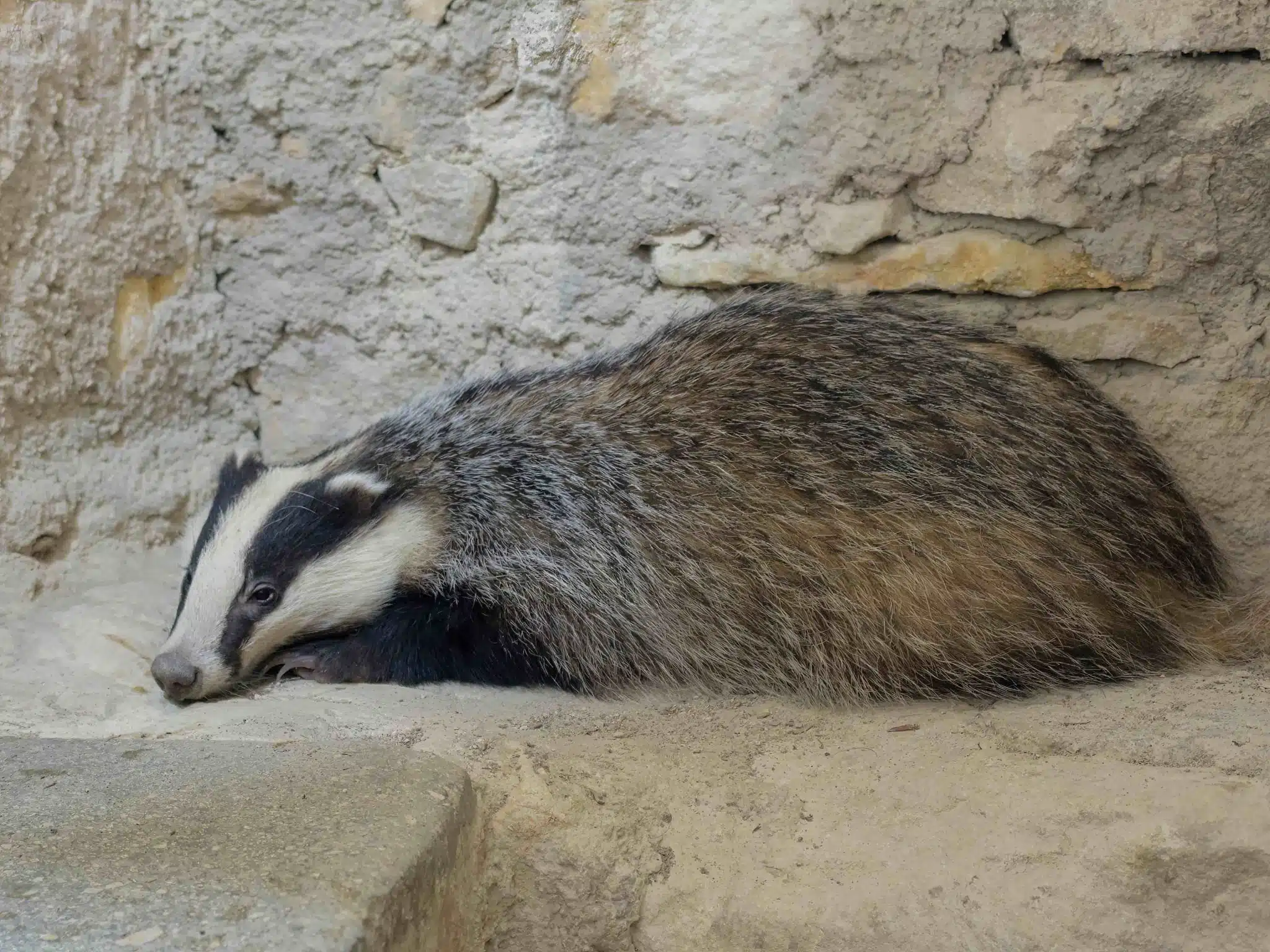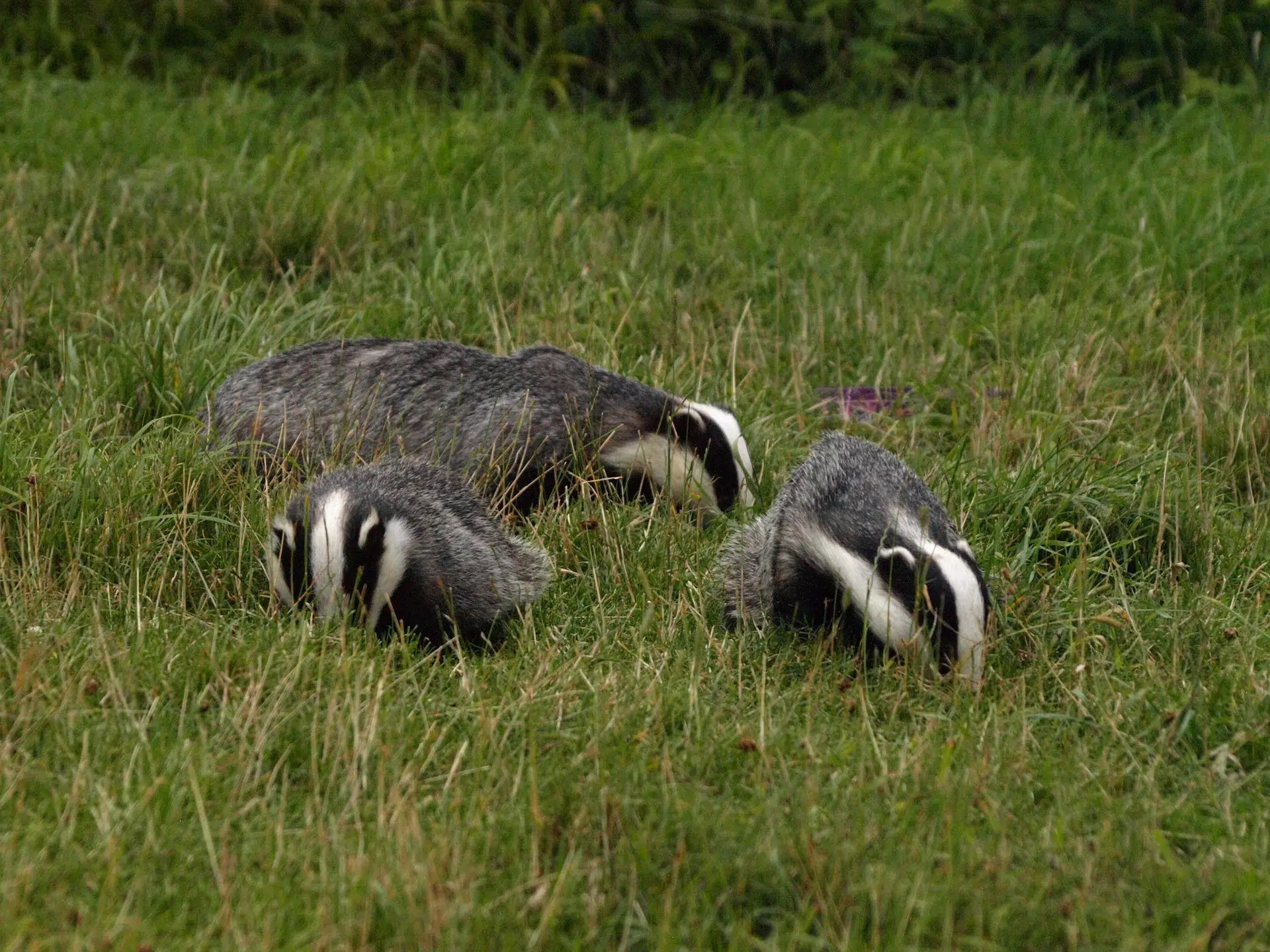Protecting Badgers: What You Can Do to Help
Badgers, with their distinctive black-and-white faces and burrowing lifestyle, have long captured the fascination and admiration of nature enthusiasts. However, these charismatic creatures face numerous threats to their survival, including habitat loss, persecution, and road accidents.
 Recognizing the importance of conserving badger populations, individuals and organizations around the world have taken up the mantle to protect these elusive mammals. In this article, we explore the various ways in which people work tirelessly to safeguard badgers and ensure their continued existence.
Recognizing the importance of conserving badger populations, individuals and organizations around the world have taken up the mantle to protect these elusive mammals. In this article, we explore the various ways in which people work tirelessly to safeguard badgers and ensure their continued existence.
1. Legal Protection and Conservation Efforts:
In many countries, badgers receive legal protection due to their ecological significance and cultural value. Laws and regulations are put in place to safeguard badgers and their habitats. Conservation organizations work alongside government agencies to monitor and manage badger populations, conduct research, and promote awareness of their conservation needs. These efforts help ensure that badgers are protected from human-induced threats and their habitats remain intact.
2. Habitat Preservation and Restoration:
Preserving and restoring natural habitats is crucial for the long-term survival of badgers. People involved in badger protection actively work to conserve and create suitable habitats, including woodland areas, meadows, and hedgerows. By protecting these habitats from development, promoting sustainable land management practices, and establishing wildlife corridors, individuals help maintain connectivity and enable badgers to thrive within their ecosystems.
3. Wildlife Rescue and Rehabilitation:
 In situations where badgers become injured, orphaned, or displaced, wildlife rescue organizations play a vital role in their care and rehabilitation. These dedicated professionals and volunteers provide medical treatment, nutrition, and shelter, with the aim of releasing the badgers back into the wild once they are fit and ready. Rehabilitation efforts ensure that individual badgers have a chance at survival and contribute to the overall conservation of the species.
In situations where badgers become injured, orphaned, or displaced, wildlife rescue organizations play a vital role in their care and rehabilitation. These dedicated professionals and volunteers provide medical treatment, nutrition, and shelter, with the aim of releasing the badgers back into the wild once they are fit and ready. Rehabilitation efforts ensure that individual badgers have a chance at survival and contribute to the overall conservation of the species.
4. Education and Public Awareness:
Raising public awareness about badgers and their conservation needs is an essential component of protecting these animals. Individuals and organizations engage in educational programs, public talks, and community initiatives to foster appreciation and understanding of badgers’ ecological importance. By sharing knowledge about badger behavior, habitat requirements, and the threats they face, they inspire people to take action and become stewards of badger conservation.
5. Collaboration and Advocacy:
The protection of badgers often requires collaboration among various stakeholders, including government bodies, conservation organizations, researchers, landowners, and local communities. Working together, these groups advocate for strong conservation policies, promote responsible land use practices, and lobby for increased protection measures. Collaboration fosters a collective effort that has a greater impact on safeguarding badgers and their habitats.
6. Reporting and Mitigating Threats:
 Identifying and addressing threats to badgers is crucial for their protection. Individuals actively report activities such as illegal badger baiting, sett disturbance, or habitat destruction. By reporting such incidents to relevant authorities, steps can be taken to investigate, enforce legal protection, and mitigate the threats. Timely action ensures that badgers are shielded from harm and their populations can recover.
Identifying and addressing threats to badgers is crucial for their protection. Individuals actively report activities such as illegal badger baiting, sett disturbance, or habitat destruction. By reporting such incidents to relevant authorities, steps can be taken to investigate, enforce legal protection, and mitigate the threats. Timely action ensures that badgers are shielded from harm and their populations can recover.
The commitment and efforts of individuals and organizations to protect badgers play a vital role in ensuring the survival of these remarkable creatures. Through legal protection, habitat preservation, wildlife rehabilitation, public awareness, collaboration, and reporting, people actively contribute to safeguarding badgers and their habitats. By working together, we can secure a future where badgers continue to grace our landscapes, enrich ecosystems, and remind us of the importance of preserving Earth’s biodiversity for generations to come.
